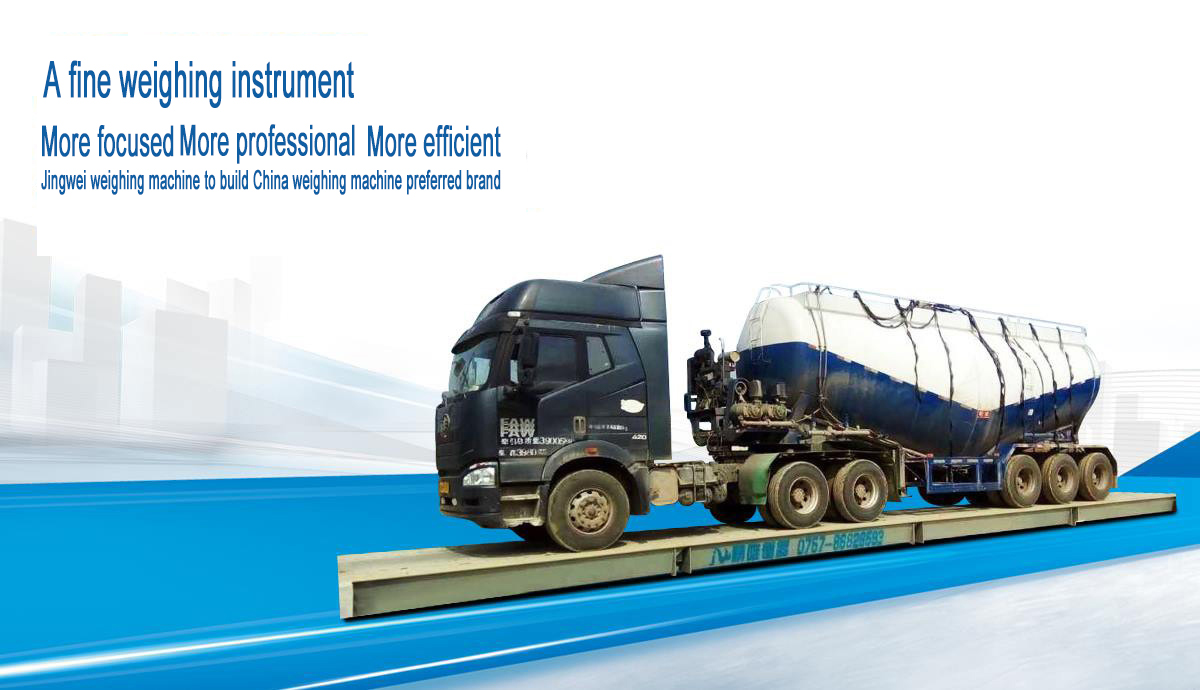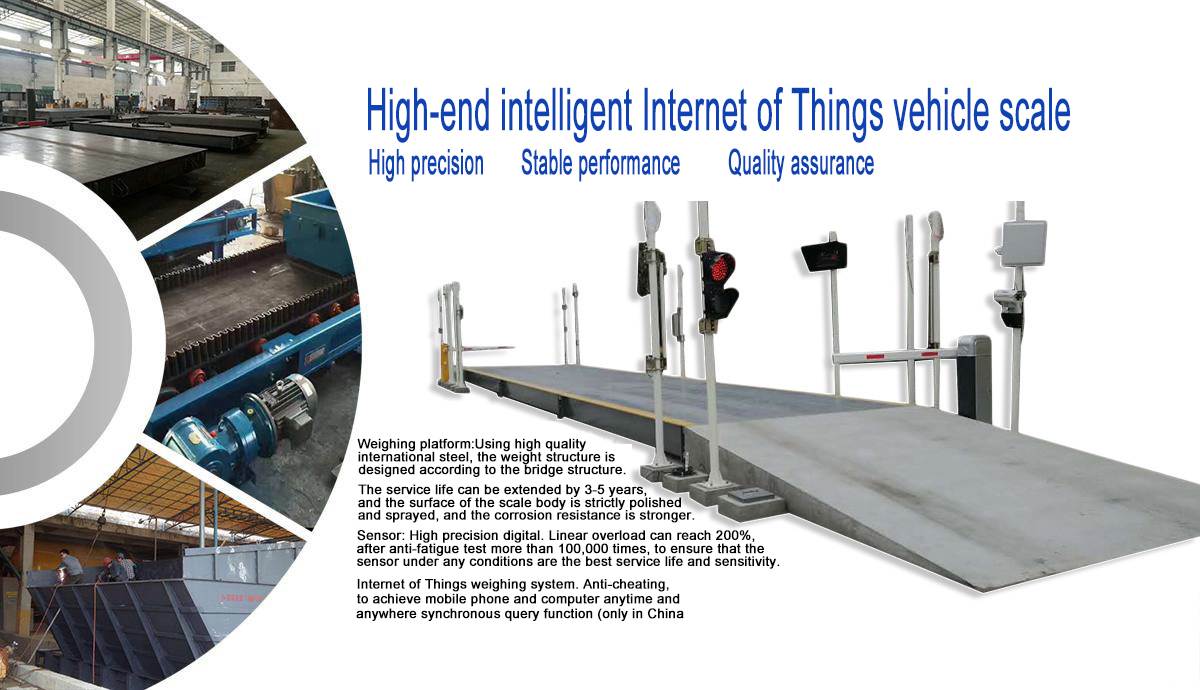As we all know, the accuracy of the pressure sensor of the electronic belt scale in today's society is getting higher and higher, and the error of the electronic belt scale is getting smaller and smaller, therefore, the error compensation of the pressure sensor is the key to its application of the electronic belt scale calibration scheme and calibration procedures, this article will introduce the electronic belt scale calibration scheme and calibration procedures, and also introduce the electronic belt scale calibration scheme and calibration procedures and application examples.
Generally speaking, the calibration items and calibration methods of the calibration scheme and calibration procedures of the electronic belt scale are divided into the following aspects:
The first aspect: first of all, we first check the appearance of the scale body of the electronic belt scale, and the specific process can be followed by the following steps.
1) Check the belt scale, which should indicate the model of the electronic belt scale, the name of the belt scale, the date and factory number of the belt scale, the name of the manufacturer, etc.
2) Then we guarantee that the belt should be intact and the fasteners should not be loose and damaged. The movable part should be flexible and reliable.
3) Whether the weighing roller moves freely. Whether the cross reed on the electronic belt scale is broken and whether the scale frame protection bolts of the electronic belt scale are rusty and fall off.
4) Check whether the baffle on the belt of the electronic belt scale is damaged, whether there is any material, whether there is material on the inner side of the annular belt, whether there is damage, and whether the belt is not deviated.
5) Whether the load cell on the electronic belt scale is obviously deformed, and whether the bellows is stuck with foreign objects.
6) Finally, we are checking whether the temperature of the motor and reducer is too high, whether there is any abnormal noise, and whether the reducer is short of oil.
The second aspect: Secondly, what we need to do is to check the control cabinet and instruments of the electronic belt scale:
1) The terminal of the control cabinet is not loose and clearly marked.
2) The digital display of the control instrument should be clear, and there should be no lack of strokes.
3) It should be ensured that there is no output of the measurement result when the belt is not running.
The third aspect: Finally, we are checking the function of the electronic belt scale, and the reason why we do this is to ensure that the various positioning methods and functional chains of the instrument can work normally to a greater extent.




